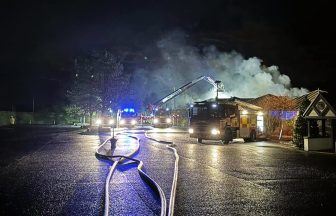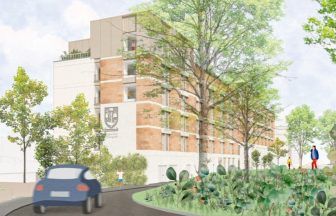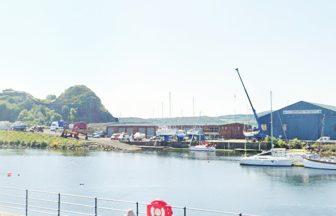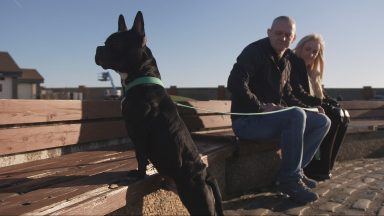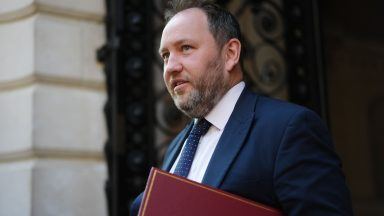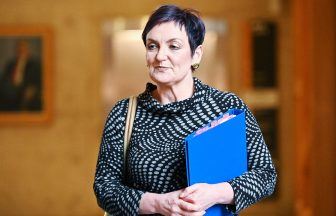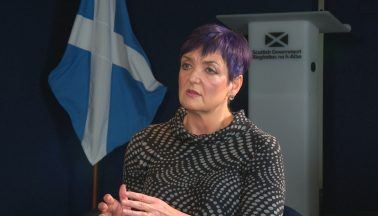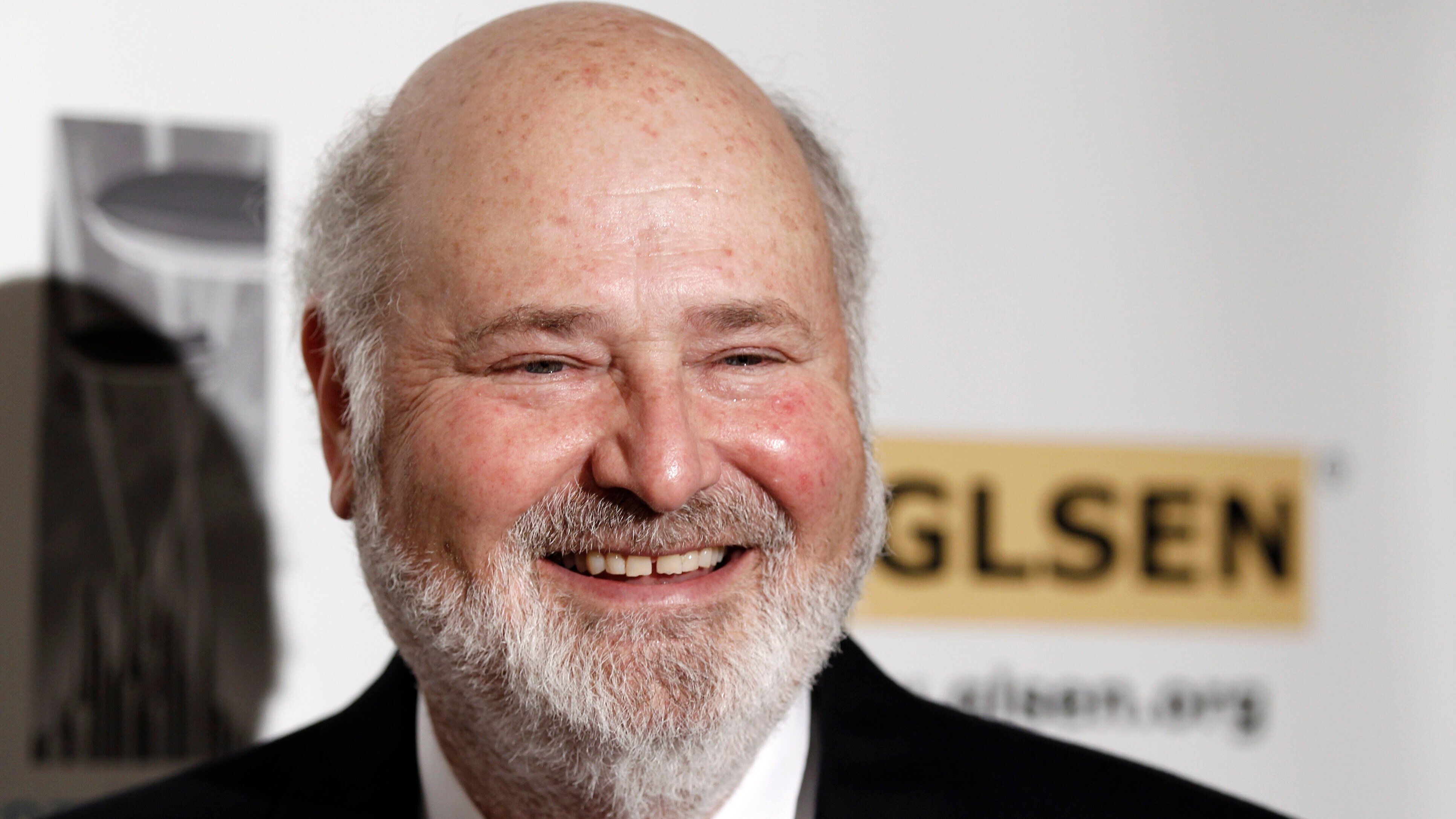First Minister Nicola Sturgeon will appear before the Holyrood inquiry into her government’s unlawful investigation of Alex Salmond on Wednesday.
She has said she is looking forward to challenging allegations made against her.
Why was the committee established?
The Committee on the Scottish Government Handling of Harassment Complaints was set up to look into the Scottish Government investigation of the allegations against the former first minister.
MSPs have so far taken evidence from civil servants, including repeated sessions from permanent secretary Leslie Evans, trade unions and SNP chief executive Peter Murrell – who is Sturgeon’s husband – and Lord Advocate James Wolffe QC.
Salmond himself gave evidence to the inquiry on Friday, February 26, when he claimed the Scottish Government hoped his criminal trial would “ride to the rescue” and prevent its unlawful investigation of him suffering a “cataclysmic” civil court defeat.
Why did Salmond take legal action?
The former first minister did not feel his treatment by the Scottish Government was fair.
It was later found that the lead investigator of the complaints had prior contact with some of the female complainers, with Judge Lord Pentland saying the investigation was “tainted with apparent bias”.
How has the inquiry gone so far?
The committee has repeatedly voiced frustration with how slow the handing over of evidence has been from a number of parties.
The Scottish Government was accused of obstruction last year, with the committee saying it was “completely frustrated” with the lack of evidence.
Both the committee and the Scottish Government were at loggerheads over legal advice provided as part of the judicial review process.
MSPs wanted to know when the Scottish Government was advised it would likely lose the challenge raised by Salmond, but ministers said handing over the advice would breach the ministerial code.
On two occasions, MSPs voted for the evidence to be released, with a deal eventually being struck in December to disclose the advice only to MSPs on the committee.
Didn’t Salmond face trial on sexual misconduct charges?
Yes. The former first minister was cleared of 13 charges at the High Court in Edinburgh in March last year, after being arrested in January 2019.
What were the issues with Salmond’s evidence?
Salmond and the committee have been wrangling in recent weeks over evidence published by the inquiry.
Earlier this month the former first minister said he would not appear, after the committee decided not to publish his submission to a separate investigation into whether Nicola Sturgeon breached the ministerial code, over fears it may identify some of the complainers in Salmond’s criminal trial last year.
However, an alteration made to a court order by Judge Lady Dorrian meant the evidence could potentially be made public.
While the committee voted against publication, the Scottish Parliamentary Corporate Body (SPCB) made the decision to publish anyway.
The evidence, which was released last Monday evening, was online for less than 24 hours before the Crown Office raised concerns with Holyrood about it, asking for redactions to be made.
In his submission, the former first minister accused some in the Scottish Government and SNP of a “malicious and concerted attempt to damage my reputation and remove me from public life in Scotland”.
Sturgeon said her predecessor did not have “a shred of evidence” to support his claims.
Last Tuesday the submission was re-released, with a number of paragraphs relating to the set-up of a meeting between Salmond and his successor redacted.
Is the committee inquiry the only investigation into the matter?
No. Sturgeon is currently under investigation by James Hamilton QC, to establish if she breached the ministerial code.
Sturgeon referred herself after being accused of misleading parliament over when she knew of the complaints against Salmond.
She previously said she had been told about the allegations by Salmond himself during a meeting in her home on April 2, 2018.
However, it was later found that Salmond’s former chief of staff, Geoff Aberdein, had met the First Minister in her Holyrood office four days prior to that, where she was told of the complaints.
Did the Scottish Government publish legal advice it received over the Salmond case?
Deputy first minister John Swinney agreed to hand over legal advice under threat of a no-confidence vote from opposition parties, and the advice was published on Tuesday evening.
Documents showed that lawyers warned the Scottish Government in September 2018 that there “is a real risk that the court may be persuaded by the petitioner’s case in respect of the ground of challenge based on ‘procedural unfairness’”.
On December 6, 2018 legal advisers told ministers that in their view the “least worst option” would be to concede the petition.
Following publication of the legal advice, the Scottish Conservatives called on Sturgeon to resign and said they would submit a vote of no confidence in her.
A spokesman for the First Minister said on Tuesday evening that to call a vote of no confidence in the middle of a pandemic, before hearing a single word of the First Minister’s evidence, is “utterly irresponsible”.
Follow STV News on WhatsApp
Scan the QR code on your mobile device for all the latest news from around the country







